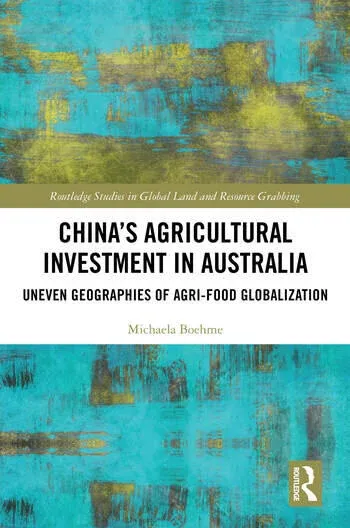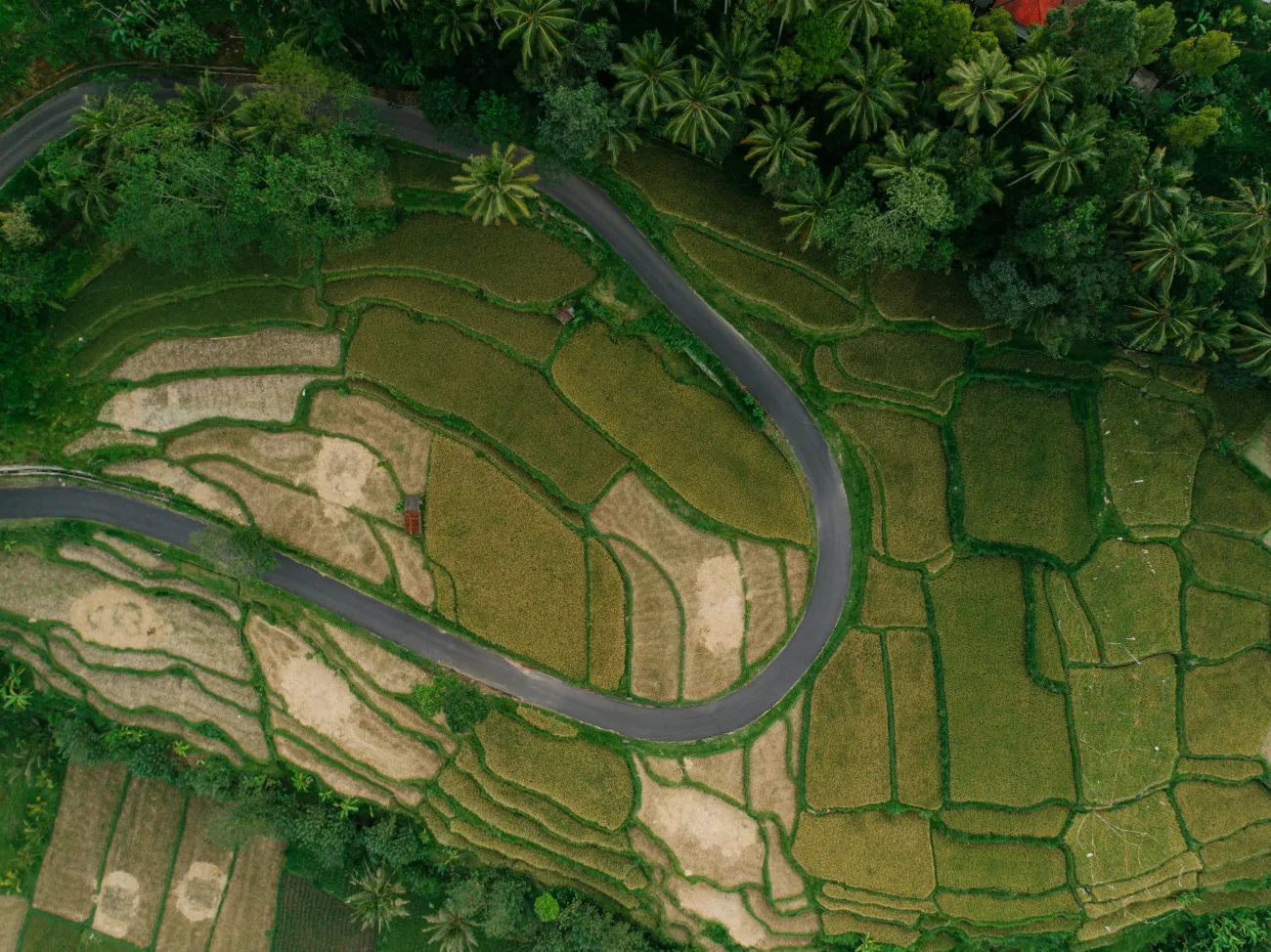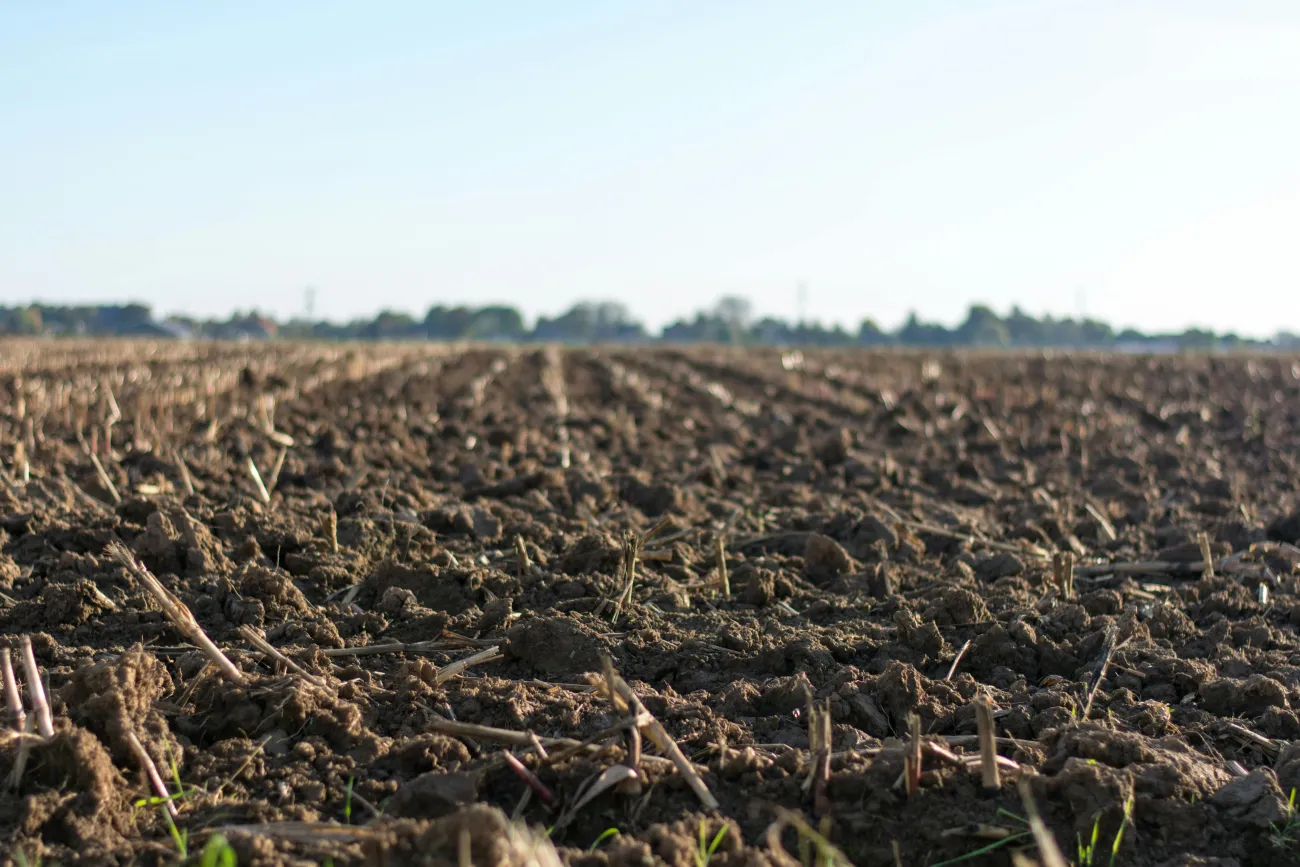This report by the Science-Policy Partnership Network synthesizes current scientific information to help oil palm policy makers make land-use decisions which jointly meet biodiversity and carbon conservation agendas.
The Science-Policy Partnership Network is led by University of York and was set up by the ‘Socially and Environmentally Sustainable Oil palm Research’ (SEnSOR) project with funding from the British Foreign and Commonwealth Office and The Roundtable on Sustainable Palm Oil (RSPO), and includes representatives from oil palm growers, consumer goods companies, NGOs, government and the RSPO.
The report’s key messages are:
- There is high agreement in the responses of biodiversity (number of species) and Above Ground Carbon (AGC) to different land-uses in Malaysia and Indonesia; meaning land use decisions to benefit one are highly likely to also have benefits for the other.
- However, the size of the benefit for biodiversity and AGC may differ.
- Primary rainforest is the land cover type with the highest levels of biodiversity and of AGC per hectare and protecting and conserving these forest will have the greatest co-benefits.
- Logging can reduce AGC levels in forest by almost half compared with primary forest and are reduced most when logged intensively, whereas overall biodiversity changes little, although primary forest specialists may be lost.
- Large tracts of logged forest have the potential to recover carbon stocks if left to regenerate, therefore conserving logged forest also has large co-benefits.
- Larger forest fragments (a few hundred ha or more) can support around 70 % of continuous forest biodiversity levels, and probably contain a substantial percentage of primary forest AGC levels.
- Oil palm plantations contain around 20% of primary forest AGC and less than half of primary forest biodiversity levels. Many of the species which occur in oil palm are open habitat or generalist species, and not forest species.
- Rubber and Acacia contain slightly more carbon and biodiversity than oil palm but less than logged forest.
- Open habitats and grasslands support around 5% of primary forest AGC, and probably support very little biodiversity.
- More research is necessary to develop methods for maintaining and enhancing carbon and biodiversity in oil palm landscapes.
The report compares Above Ground Carbon (AGC) and Biodiversity across a gradient of land-uses in Malaysia and Indonesia. Biodiversity and AGC are referred to together as “conservation values”. To aid comparison across land-uses, primary forests on mineral soils were chosen as a reference point for potential maximum levels of both AGC and Biodiversity, and levels for other land-uses are expressed as a percentage of levels found in primary forest on mineral soils. Note that in the report, “biodiversity” refers to the number of species per unit area and this is the unit of comparison across land-uses. This is a useful metric for comparing broad trends across land-uses, but may mask important changes for particular types of species, especially species of conservation concern (e.g. forest specialists, endemics, endangered species) which could be disproportionately negatively affected. This report does not quantitatively compare changes in species of conservation concern across land uses, but does discuss these changes qualitatively.
The conclusions of the report are as follows:
There is strong agreement between the responses of carbon and biodiversity to different land use types. As a proportion of conditions found in primary forest on mineral soils, carbon tends to be reduced more by land-use change than biodiversity. However, although the magnitude of change in biodiversity and carbon may be different from one land cover type to another, the direction of change is always the same. Therefore, land-use decisions which benefit one value are highly likely to benefit the other, but some land-use decisions could provide a greater benefit to one value than the other.
Large tracts of logged forest support very high biodiversity levels, and although AGC can be reduced by half, this is still higher than any other human-modified land-uses. Additionally, logged and degraded forest has the potential to recover AGC stock over time, although very degraded habitat may require active management intervention to encourage regeneration.
It is clear that conserving large tracts of forest and preventing their conversion and fragmentation will have the largest co-benefits for biodiversity and carbon, and that targeting low biodiversity-low carbon degraded grassland and scrub for future oil palm development will minimise biodiversity and carbon losses.
Protecting primary forest from degradation and conversion, and preventing logged forest that is part of large forest tracts from being converted and fragmented, will result in the highest biodiversity-carbon co-benefit.
In the press release the following key points derived from the report were also emphasised:
- Conversion of peat soils should always be avoided because these soils contain vast amounts of carbon which are lost over time by fires and oxidation.
- All natural forests, even when very degraded, contain much more carbon than oil palm plantations, and so conversion will result in high carbon losses and should be avoided.
- Grass and shrub lands contain similar or lower amounts of carbon compared with oil palm plantations, and so change in carbon stocks upon conversion to oil palm are likely to be neutral or experience a slight increase. New oil palm plantations should focus on these sites.
Citation
Lucey, J. & Hill, J., (2015). Co-benefits for biodiversity and carbon in land planning decisions within oil palm landscapes, Oil palm Research-Policy Partnership Network.
You can find the full report here. More information about the research on university of York’s website here and see further coverage of the research here.
If any FCRN member is working on oil palm, biodiversity and soil carbon stocks we’d particularly appreciate your comments on this report and on the issues raised. Please contribute with your views in the comments box below (you need to be logged in to do so).
You can also take a look in the other research library categories to find more resources related to palm oil, land, carbon sinks and sequestration, land use and land use change, biodiversity and ecosystems, industry actions/CSR, and land governance.




Comments (0)